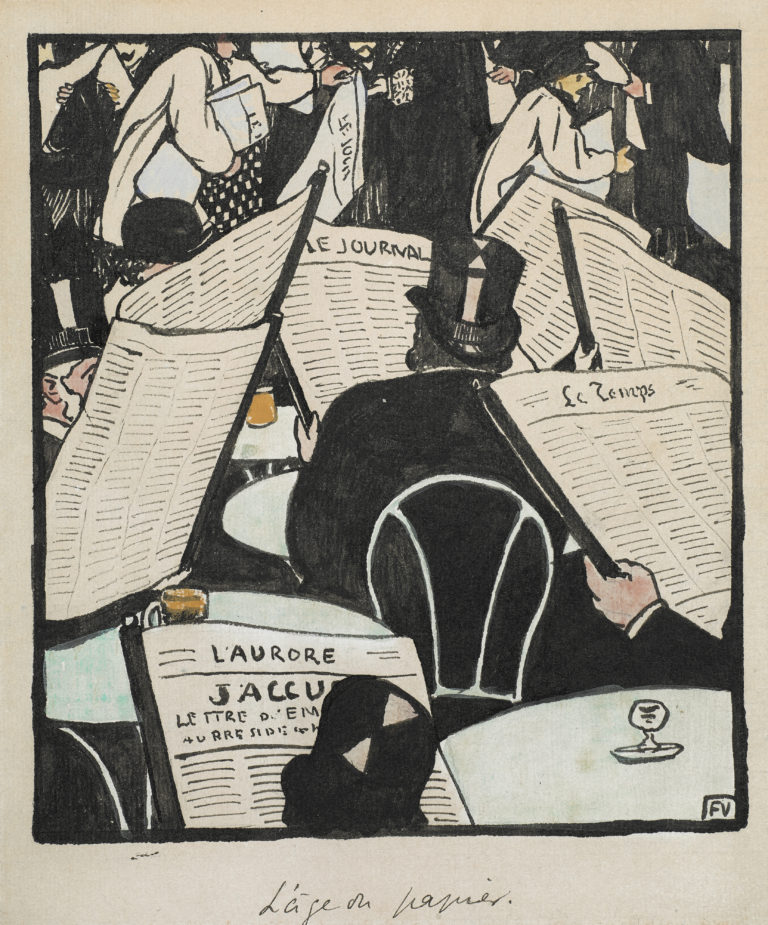Bibliography
Marina Ducrey, in collaboration with Katia Poletti, Félix Vallotton,1865-1925: l’œuvre peint, 3 vol., Lausanne, Fondation Félix Vallotton, Zurich, Institut suisse pour l’étude de l’art, Milan, 5 Continents Editions, 2005: n. 321.
Sasha M. Newman (ed.), Félix Vallotton, exh. cat. Lausanne, Musée cantonal des Beaux-Arts, Paris, Flammarion, 1992.




Having spent the best part of three years working on his engraving skills and developing the Nabi aesthetic in nudes and genre scenes, Félix Vallotton’s return to pure landscapes in the summer of 1900 proved a fruitful endeavour. Spending the summer at the Château de La Naz in the countryside near Lausanne, he painted around thirty landscapes, which he listed in his record book under the single reference number 430.
In Les saules, painted in a palette similar to the Grand nuage (Great Cloud), Vallotton focuses on the grass sward, presented as a broad green swathe. The painter has placed the horizon line high up, with the blue silhouette of the mountains in the distance and the golden sky closing off the composition. The small pale purple dabs of autumn crocuses punctuate the grass, creating a sense of energy, while the brief green-blue strokes representing the grass itself create an almost shimmering impression. The yellow line of the path cut short and the imposing silhouettes of the willows complicate the work’s structure of parallel horizontal strips. The opening to a deeper background on the left and the discreet evocation of depth of field with the clearly smaller size of the plants counteract the flattening of perspective typical of the artist’s mature period.
The simplified composition is Nabi in the choice of colours and the decorative approach to natural elements, verging on the trivial here and there, for instance the smoke rising from the chimney and the ripe fruit on the propped branches. These aspects foreshadow the artist’s later composite landscapes. Vallotton clearly thought this was a particularly important piece, placing it on the easel in his rue de Milan studio in the painting Max Rodrigues dans l’atelier de Félix Vallotton (Max Rodrigues in Félix Vallotton’s Studio, 1900, Collection Rau).